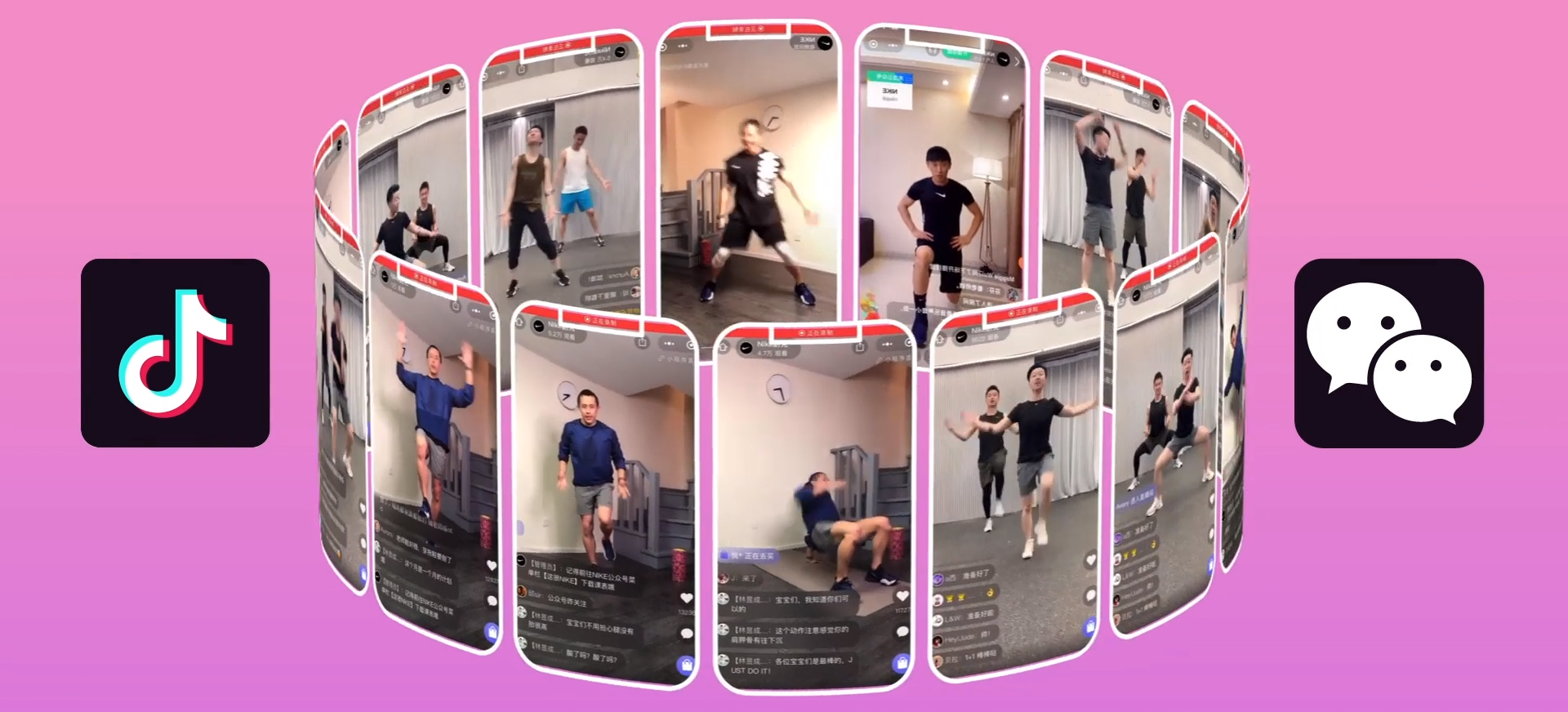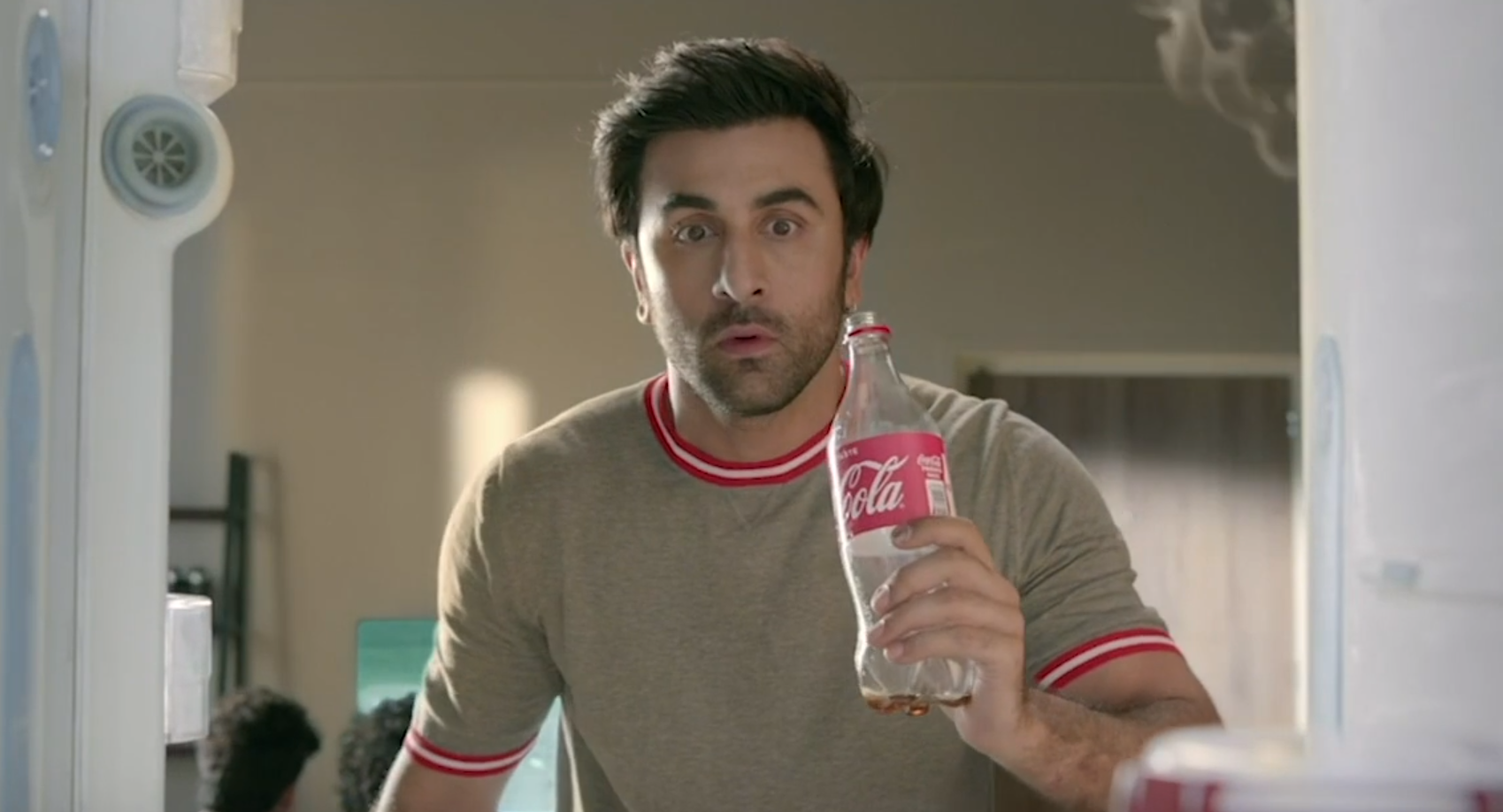Brands need to reshape their customer experience to cater for unprecedented needs, says TBWA’s Terence Ling, with many now focusing on experiences within the home.
In our recent TBWA\Asia study, Home HQ, a core theme was ‘indoor-tainment’. And many of this year’s WARC Prize for Asian Strategy winners offer learnings on how brands can make the most of our new, home-centric world.
Deprivation spurs transformation
As the world stopped overnight, so did key usage occasions. As China went into quarantine, so did Nike’s training offering. Just Don’t Quit shifts towards content marketing which offers utility to core communities and can, in turn, achieve commercial goals. It inspired homebound individuals to stay active by livestreaming home workouts via Douyin and WeChat. Tailored video formats connected viewers directly to Nike’s e-commerce assets, enabling a seamless journey to purchase from their mobiles. The 30% increase in digital business was impressive and cited in an earnings presentation by Nike’s CEO John Donahoe.

Meanwhile, Indian matchmaking and matrimonial service Shaadi.com created #WFH (WeddingsFromHome). It enabled virtual weddings with e-invites, virtual decorations, remote grooming sessions with makeup artists, video conferencing solutions… even musicians and singers. While a single virtual wedding would not justify a new e-commerce platform, a scalable revenue stream certainly could. The 170+ virtual wedding enquiries Shaadi.com received could be a sign it had indeed broken into a white space for its category.
These two entries are examples of agile responses to lockdowns. But it’s the deprivation of business-as-usual that has forced these two brands to rethink the customer experience ‘from the home up’. A clear learning for brands is to stop jumping straight to communications when there are critical barriers to crack with regards to the user, product or channel experience. Perhaps it takes equally extreme (or at least the imagination of) deprivation for your own brand to spawn your pivotal transformation for the Home Economy.
The ‘when’ and the ‘how’ are just as important as the ‘why’
Planners have traditionally been taught to focus on consumer needs. But perhaps many have neglected the growth that can be achieved when the context of a purchase is considered.
Coke2Home was created for Coca-Cola’s 2019 ICC Cricket World Cup sponsorship. However, its innovation suits the Home Economy. The brand realised that limited availability was a barrier to consumption growth: Indians treated Coke as an impulsive purchase rather than a drink to keep in the fridge. The goal of shifting purchase from impulse to planned led to a communications strategy that focused on the ‘when’ and ‘how’.

The campaign triggered audiences to stock up on Coke by connecting its communications with a direct-to-consumer service that delivered orders to homes. This enabled Coke to create ‘impulse stock up’, a new occasion served by a seamless and convenient solution.
Another cricket-themed entry from Zomato, a food delivery service, focused its creativity on the experience. It too examined the ‘when’, identifying a growth opportunity in securing food delivery orders before the match, and built a sports-prediction game on top of its delivery app. When users placed correct predictions, they would win cashback only if their food orders had been placed before the match.
When we can disrupt the product experience, the marketing of it will flow effortlessly and that’s what Zomato orchestrated; this kind of pivot can have many applications beyond cricket. In the fight for share of the Home Economy, Zomato has created a unique mashup between food delivery and sports betting. There are endless possibilities that can arise from that approach, as well as from identifying growth opportunities by occasion mapping.
Three takeouts:
- Behavioural insight above all. All four cases feature accurate and in-depth understanding of real user behaviour. To redesign your experience for the Home Economy, deploy research methods to help identify those golden behavioural insights.
- Experiment courageously. Then scale. Shaadi.com’s virtual weddings could have been polarising and Zomato could have viewed sports prediction as none of its business. But both brands are now able to enjoy the first-mover advantage from their initial success. Experimentation will always require bravery. By carefully planning sandboxed trials, your brand faces only limited risk and exponential upside when success is scaled up.
- Consider motivation as much as friction. All of these cases have eliminated friction in the home commerce experience. But Coca-Cola and Zomato also triggered new motivations — to avoid missing out on a great match experience, or to prove one’s cricket expertise. They demonstrate how the greatest effectiveness can be achieved when both forces are combined.
An abridged version of this article appears in WARC’s 2020 Asian Strategy Report.

